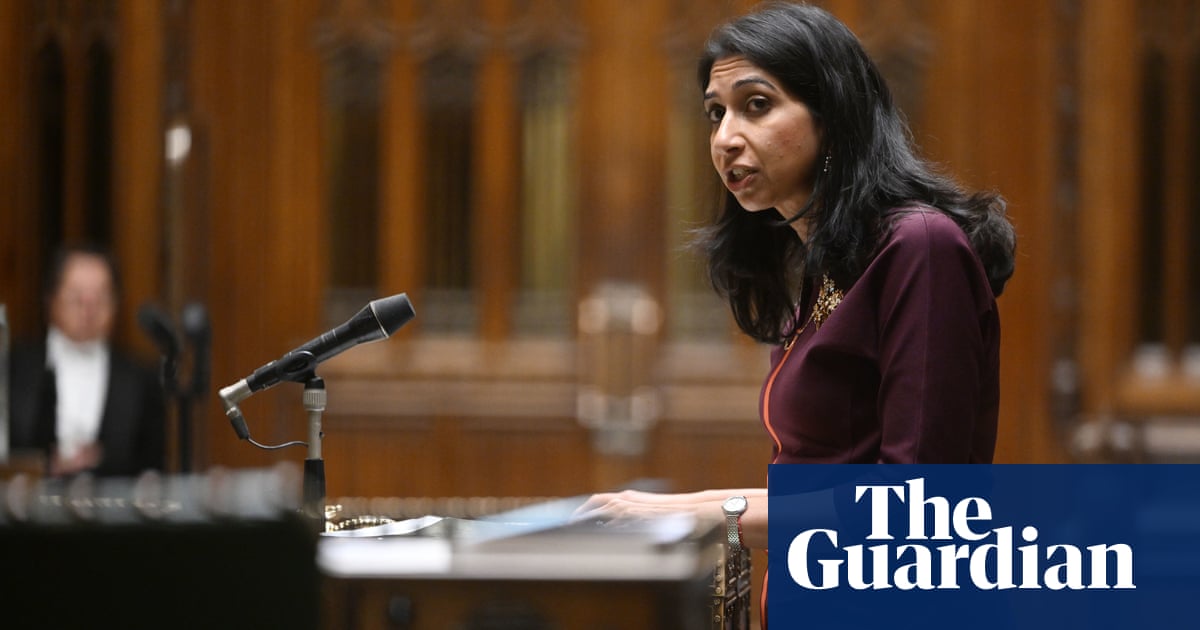
LONDON (Reuters) - Britain clinched a Brexit trade deal with the European Union on Thursday, four years after voting to leave the bloc, and seven days before it quits one of the world’s biggest trading blocs in its most significant global shift since the loss of empire.
Below is a timeline of how Britain got to this point.
‘NO’ TO THE EURO
After the Labour Party’s Tony Blair won a 1997 election, his finance minister Gordon Brown effectively ruled out joining the euro currency by setting out five economic tests that had been worked out with his top aide, Ed Balls, in a New York taxi.
That meant one of the EU’s biggest economies would not be at the top table for decision making.
When the Conservative Party returned to office in 2010 after 13 years of Labour government, new prime minister david Cameron’s tenure was defined by Europe.
To shore up support amid party splits and a challenge from the small, staunchly eurosceptic UK Independence Party (UKIP), Cameron promised an “in/out” referendum on a renegotiated deal on EU membership in the party’s 2015 election manifesto.
Cameron said he was satisfied that negotiations with the EU gave Britain enough for him to back a “Remain” vote. But the turmoil of the euro zone crisis, fears about mass immigration and miscalculations by Cameron’s campaign prompted Britons to vote, on June 23, 2016, by 52% to 48%, for “Leave”.
Cameron resigned the morning after the vote and was replaced by Theresa May.
May triggered Article 50, the formal EU divorce notice, in March 2017, setting an exit date of March 29, 2019 for Britain to leave -- with or without a deal.
In a bid to gain backing for her Brexit plan, she called a snap election for June 2017. The gamble backfired. May lost her parliamentary majority and formed a minority government, supported by Northern Ireland’s eurosceptic Democratic Unionist Party (DUP).
On Nov. 13, she reached agreement on the terms of Britain’s departure from the bloc with EU leaders. But on Jan. 15, lawmakers voted 432-202 to reject the deal in the biggest parliamentary defeat for a government in modern British history.
Weakened by a series of defeats over her plans and forced to delay Brexit, May resigned in June 2019. Boris Johnson won the premiership.
After promising to be tougher with the EU, Johnson, in an attempt to undermine opponents of Brexit in the eyes of the public, ordered parliament to be temporarily suspended. The decision was ruled unlawful by the Supreme Court.
But Johnson secured agreement from Ireland’s then-prime minister, Leo Varadkar, for changes to the previous deal that May had thrashed out with Brussels. The slightly altered variant was approved by the EU in October 2019. Parliament did not accept Johnson’s plan to fast track it into British law, and he abandoned attempts to pass it.
Eventually, Johnson’s next step -- to call a snap general election in search of a majority that would approve his deal -- was approved. The Conservatives won a majority of 80 seats, their biggest since the 1987 election.
Johnson’s deal was approved by parliament and Britain left the EU on Jan. 31.
Transition arrangements mean that Britain still remains a member of the EU, and most notably of its single internal market and customs union, in all but name until the end of 2020 -- time that has been spent trying to negotiate a trade agreement.
Some $900 billion in annual trade was at stake, though only half of this is in goods, the main subject of the talks, as opposed to services, which make up the bulk of Britain’s economy.
The negotiations touched one of the EU’s most sensitive nerves -- fear that a post-Brexit Britain could become a much more agile, deregulated competitor on its border by lowering standards and using selective state aid -- while retaining free access to the huge EU market.
Britain repeatedly said it would not blink and that the EU had not grasped that it was now dealing with an entirely independent country.












